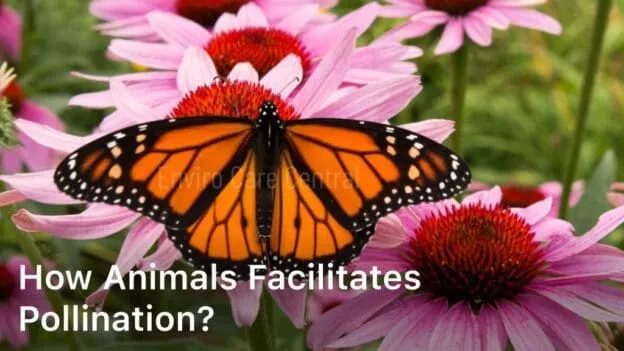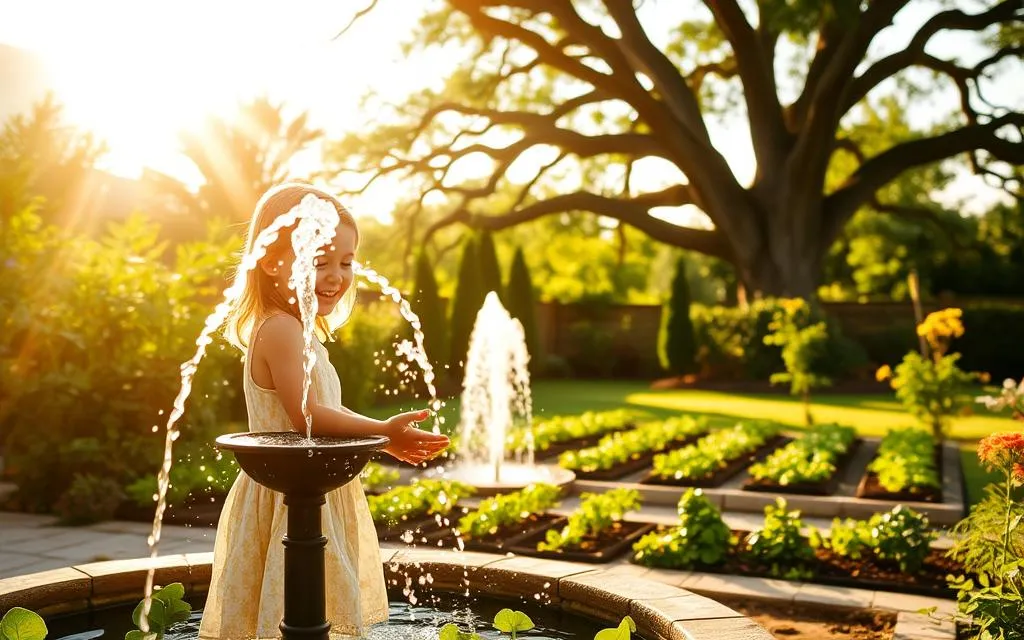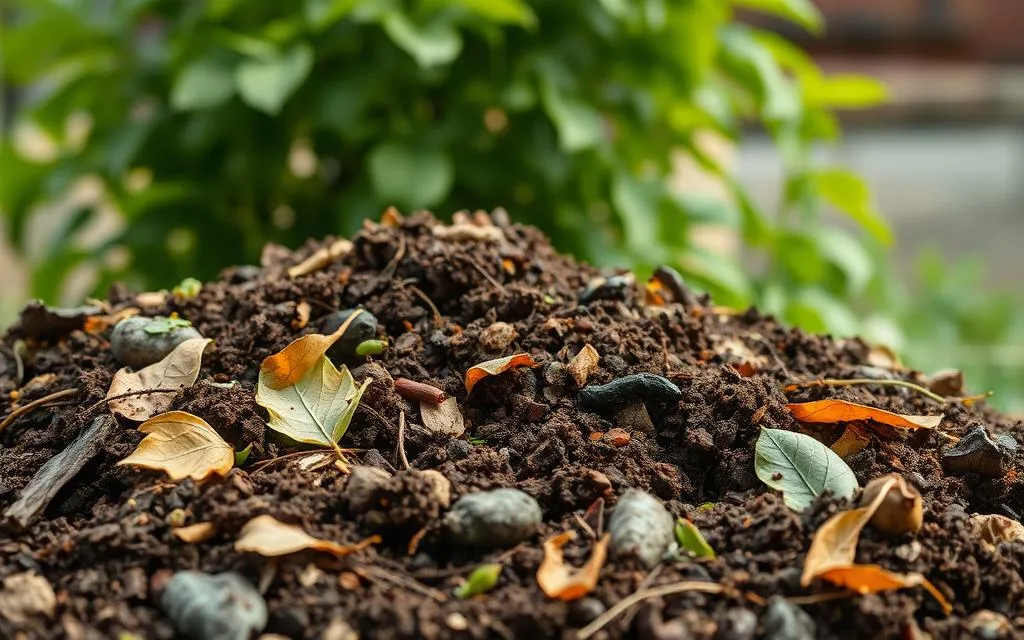envirocarecentral.com. How Animals Facilitates Pollination? Explore the fascinating cycle of life as we delve into “How Animals Facilitates Pollination,” and their crucial role in sustaining our ecosystem. As we explore the fascinating world of pollination, it becomes evident that animals play a critical role in this process. From bees and butterflies to birds and bats, animal pollinators are essential in sustaining the health of our ecosystem. Their actions contribute to the reproduction of plants, including crops that feed both wildlife and humans. The pollination process involves the transfer of pollen from the male reproductive organ of a flower to the female reproductive organ, enabling the fertilization of the egg and resulting in the formation of seeds. Without pollination, the reproduction of many plant species would be impossible, leading to devastating consequences for the ecosystem. Animal-mediated pollination provides numerous benefits, including the creation of new genetic variants, ensuring the production of abundant and healthy crops, and maintaining biodiversity. Understanding the role of animal pollinators in pollination mechanisms and the importance of preserving their habitats is crucial in ensuring environmental conservation and the sustainability of our ecosystem. Key Takeaways Animals facilitates pollination and play a crucial role in the sustainability of the ecosystem. The pollination process entails the transfer of pollen, allowing for the reproduction of plants, including crops that feed wildlife and humans. Animal-mediated pollination contributes to creating new genetic variants, ensuring the production of abundant and healthy crops, and maintaining biodiversity. Understanding the importance of animal pollinators in pollination mechanisms and preserving their habitats is essential to environmental conservation and the sustainability of the ecosystem. How Animals Facilitates Pollination Animals play a crucial role in facilitating pollination, a process vital for the reproduction of many flowering plants. There are various mechanisms through which animals contribute to pollination: 1. Bees Bees are perhaps the most well-known pollinators. They are attracted to flowers by their vibrant colors and sweet nectar. As bees collect nectar for food, pollen from the flower’s male reproductive organ (anther) sticks to their bodies. When the bee visits another flower of the same species, some of this pollen is transferred to the female reproductive organ (stigma), facilitating fertilization. 2. Butterflies Butterflies are attracted to brightly colored flowers and are particularly active during the day. Similar to bees, butterflies transfer pollen as they feed on nectar. However, their long proboscis allows them to reach nectar in deep, tubular flowers. 3. Hummingbirds Hummingbirds are known for their ability to hover in front of flowers, using their long bills to reach nectar. As they feed, their heads come into contact with the flower’s reproductive structures, transferring pollen between flowers of the same species. 4. Birds Besides hummingbirds, other bird species also contribute to pollination. Some larger birds, like sunbirds and orioles, feed on flowers and inadvertently transfer pollen while doing so. 5. Bats In regions where bats are prevalent, they serve as important nocturnal pollinators. Bats are attracted to large, pale, and strong-scented flowers. As they feed on nectar, pollen adheres to their fur and is carried between flowers. 6. Beetles Some plants rely on beetles for pollination. Beetles are attracted to flowers with a strong scent and often dull colors. As they crawl over the flower, pollen is transferred between the plants. 7. Flies Certain fly species contribute to pollination, especially in plants that have a strong odor resembling that of rotting meat. These plants attract flies, which pick up and transfer pollen as they move between flowers. The relationship between plants and their animal pollinators is often mutualistic, benefiting both parties. The plants receive assistance in reproduction, while the animals obtain a food source in the form of nectar. This intricate web of interactions highlights the interconnectedness of ecosystems and the importance of biodiversity in maintaining the health of plant and animal populations. Keep Reading : How Do Animals Help Plants Actually? The Importance of Pollination Pollination is a critical natural process that plays an essential role in plant reproduction. As plants depend on the movement of pollen grains, carried from male to female reproductive organs, to fertilize their ovules and produce seeds, pollinators help to facilitate this process and ensure successful plant reproduction. Notably, pollination is vital to both the agricultural and ecological systems, as it contributes to food production for both humans and wildlife. In agriculture, pollination helps to increase crop yields and improve the quality of fruits and vegetables, while in the wild, it enables the production of seeds and fruits that nourish wildlife and sustain entire ecosystems. Without pollination, many plant species would become extinct, disrupting the balance of entire ecosystems and affecting food security. Moreover, pollination serves as a vital measure of the health and sustainability of an ecosystem, indicating the presence and abundance of pollinators and the state of the environment. Animal Pollinators Animal pollinators play a vital role in transferring pollen between flowers, enabling plant reproduction and fruit and seed production. Some of the most common animal pollinators include bees, butterflies, birds, and bats, each with unique characteristics and pollination techniques. Animal Pollinator Pollination Technique Characteristic Bees Brushy hairs on their legs collect pollen Most efficient pollinators Butterflies Long proboscis sips nectar from flowers Diurnal pollinators with long-range foraging Birds Long beaks reach nectar at bottom of long-tubed flowers Important pollinators for red, tubular flowers Bats Feed on night-blooming flowers with pungent odor Nocturnal pollinators with long tongues and sharp teeth Bees are the most efficient pollinators due to their physical characteristics and behavior. They have brushy hairs on their legs that collect pollen as they move from flower to flower, transferring it to other plants. Butterflies, on the other hand, have a long proboscis that sips nectar from flowers and thereby transfer pollen. Birds are attracted to red flowers and have long beaks that can reach the nectar at the bottom of long-tubed flowers. Bats feed on night-blooming flowers with a pungent odor and have long tongues and sharp teeth to extract the nectar. Each of these pollinator species serves a unique function in the pollination process. Animal pollinators, like bees, also play a crucial role in agriculture, contributing to the production of various fruits and vegetables such as apples, almonds, and blueberries. Without animal pollinators, we would struggle






